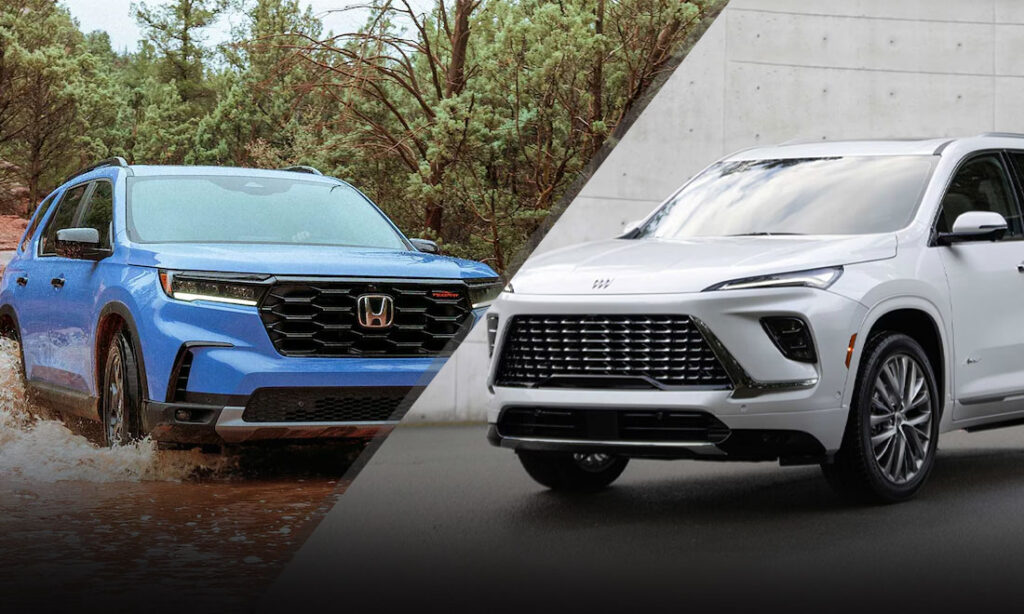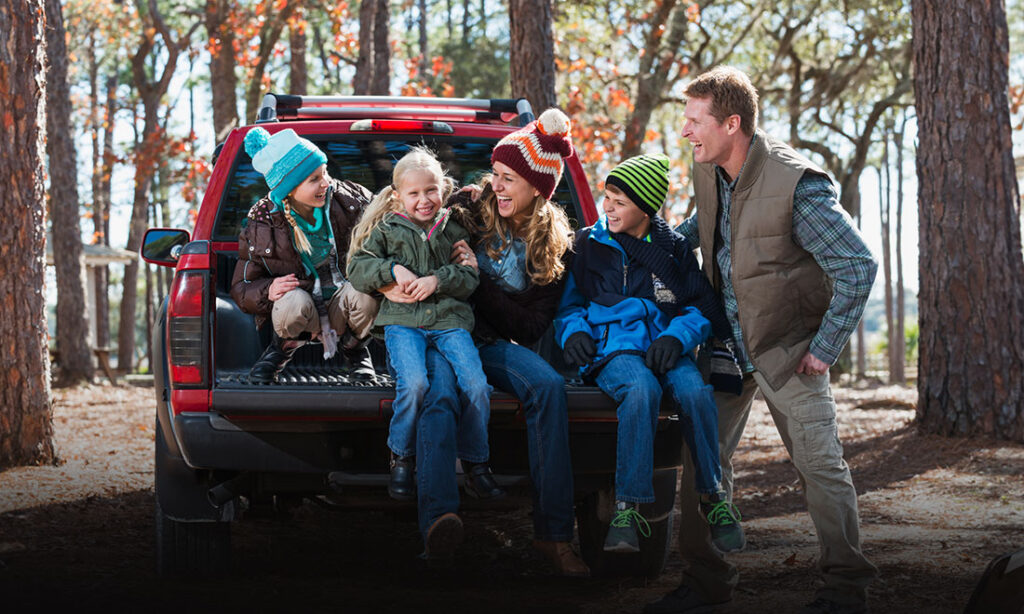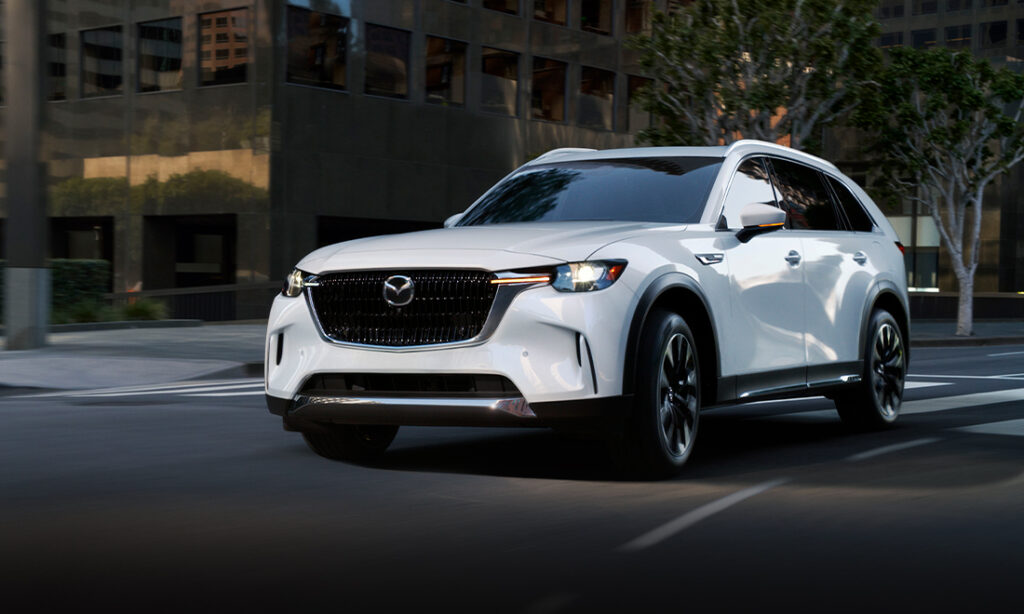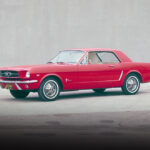Volkswagen Beetle vs Mini Cooper
Here’s a battle of the (compact) giants: a classic Mini Cooper and a classic Volkswagen Beetle. Two iconic cars, but one is superior. Which one is it?
Classic and Economical
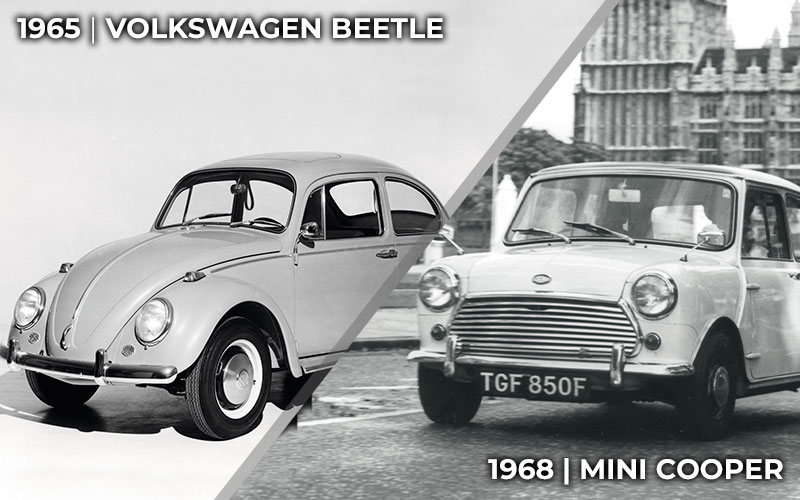
The focus on small vehicles that are economical is an ever-changing trend, but it’s nothing new. When it comes to the conversation about compact, gas-saving vehicles, you can talk about Fiats and the Honda Fit. You can bring up the Chevrolet Spark and Smart cars, too. The two icons of that market, though, are still the leaders on any list: the Volkswagen Beetle and the Mini Cooper.
Both of them finished in top five positions after voting wrapped up in a 1999 ranking of the ‘World’s Most Influential Car of the 20th Century.’ Overseen by the Global Automotive Elections Foundation, a committee of automotive experts ranked the Ford Model T as number one, but right behind it, at number two, was the Mini. The Volkswagen Beetle wasn’t far behind, coming in at number four.
Reimagined as the Volkswagen New Beetle in 1998 and revived as the Mini Hatch in 2001 by BMW, these two vehicles are still popular today.
Now, let’s go through a little history and then travel all the way back to the 1970s, comparing the classic Mini Cooper to the Volkswagen Beetle.
The Origins
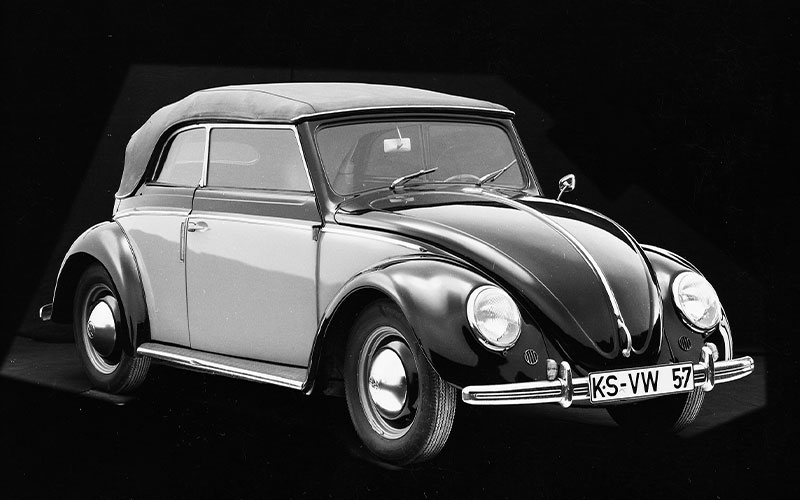
The Volkswagen Type 1, a two-door, rear-engine economy car, has a history that dates all the way back to before World War II. Designed by Professor Ferdinand Porsche (yep, that Porsche), it’s translated as ‘the people’s car.’ The idea was for the Volkswagen to be a fuel-efficient, affordable vehicle capable of traveling on the German autobahns.
After World War II, the British military took over the Volkswagen manufacturing plant and constructed the Beetles primarily for the British military. 1947 is when production transitioned to a civilian vehicle. It wasn’t until 1968 that Type 1 officially became the Beetle. That was the same year the first Herbie the Love Bug movie was released, featuring a 1963 Beetle.
Designers of several other vehicles laid claim to influencing the design of the Volkswagen. Some of them include the Standard Superior, Tatra, Fedden, and John Tjaarda’s Briggs’ Dream Car. Looking at them, it’s easy to see some similarities.

The Mini was first manufactured at the Longbridge plant in England, designed for the British Motor Corporation (BMC) by Sir Alec Issigonis. The idea for the Mini came about after the 1956 Suez Crisis, which lead to petrol rationing. There was a huge demand for a little car with some zip, that was easy to drive, and didn’t guzzle up a lot of fuel.
It was named after John Cooper, a Formula 1 designer who created a sportier version of the Mini in 1961. It’s a pop culture staple in Britian. Eventually the Mini was manufactured in Australia, Spain, Italy, Chile, Portugal, South Africa, Uruguay, Venezuela, and Yugoslavia. Models included the Mini Mark I, Mark II, Clubman, and Mark III, but variations like an estate car, a pick-up truck, a van, and a jeep-like buggy were all manufactured as well.
At Their Peaks

The Mini had strong sales in most of the countries it sold in, but the United Kingdom naturally had the highest volume of sales. The millionth Mini rolled off the production line in 1965! A little over a decade later, the four millionth Mini wrapped up production in 1976.
If you’re from the United States and grew up in the 1960s or 1970s, you may have seen some Mini Coopers on the roads, but it wasn’t exactly a British invasion along the lines of the Beatles (the band, not the vehicle). Only about 10,000 left-hand drive BMC Minis were exported to the U.S. between 1960 and 1967.

That’s why, if you’re from the U.S., you’re probably more familiar with the Beetle (the car, not the band) than you are the classic Mini Cooper.
21,529,464 Type 1 Beetles have been produced, making it the longest-running and most-manufactured car of a single platform ever produced. A lot of the appeal comes from a reputation of being easy to maintain, fun, and cheap. A brand-new Volkswagen Beetle cost $1,600 in 1967. That’s about $13,078 if you adjust for inflation.
In the Winner’s Circle
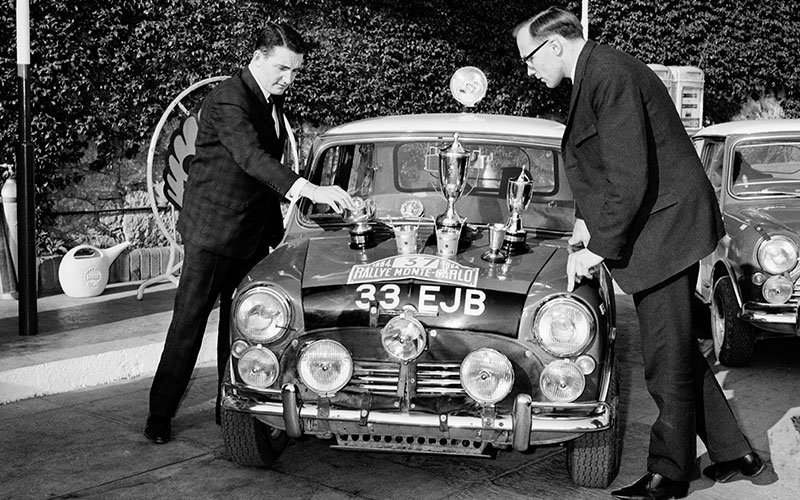
We can’t compare these two legendary cars without talking about their race history. Both of them were modified and used for a variety of races in the past several decades.
BMC operated a Competition Department that built Minis with the specific purpose of competing in international rallies and other motorsport. Throughout the 1960s, the Mini Cooper won the Monte Carlo Rally in 1964, 1965, and 1967. It also took first place in the 1965, 1966, and 1967 1000 Lakes Rally.
The Mini finished in the first ever rallycross race at Lydden Hill Race Circuit in February 1967. Drivers of the Mini also won races in the FIA European Rallycross Championship in 1974 and 1975. Wheels positioned at the corners of the vehicle equated to a go-kart style vehicle with quick handling. Engine weight over the front tires provided balance and grip.
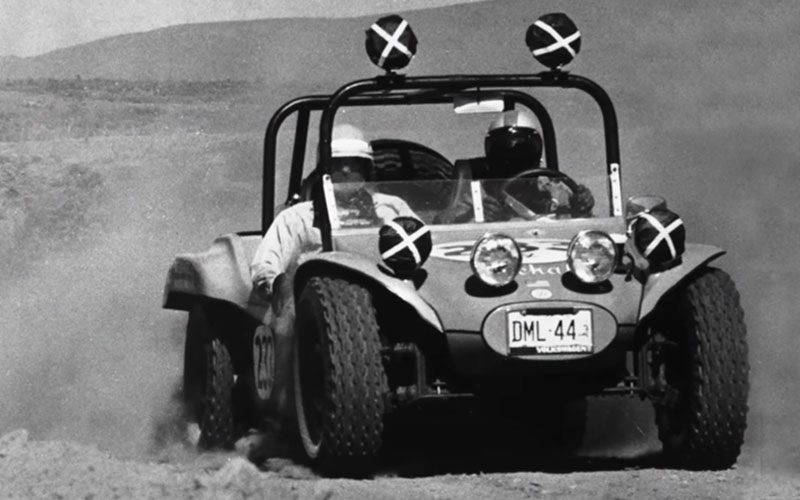
The Beetle and its rear layout weight distribution was also handy when it came to drag racing, keeping weight on the wheels and maximizing grip. It can be said that the Volkswagen helped shape the history of the Mille Miglia in the 1950s. Throughout the next two decades, the Beetle was entered into various Australian and European contests. Highly-modified engines were used as the VW 1302S and VW 1303S were entered into races like the Elba Rallye, the Acropolis Rally, and the Austrian Alpine Rally.
Then there’s the long history of the Beetle in the Baja 1000. Standard Beetles and Baja Bugs were both used in that race. The first car ever driven to victory in that race in 1967 was a dune buggy that was built off a Volkswagen Beetle chassis.
The Mini Cooper is probably the vehicle that’s more fun to actually drive for racing enthusiasts, but you can’t not have fun with a Beetle when you start talking modified engines and the Baja 1000.
1970s Head-to-Head Comparison
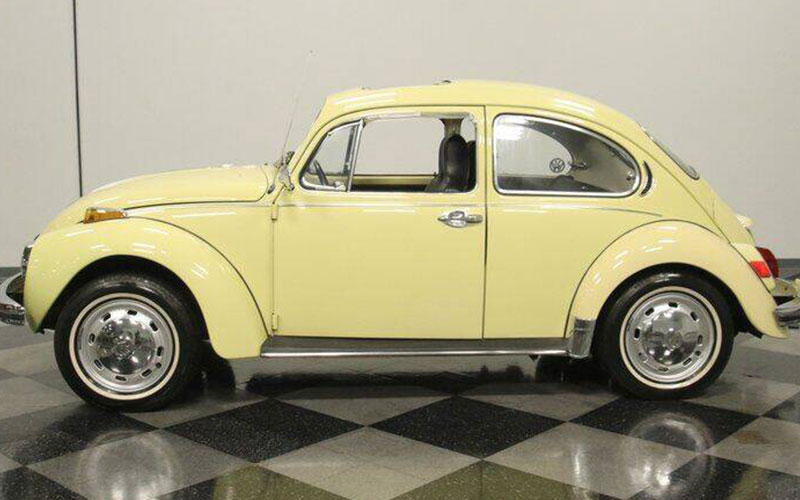
By 1971, Volkswagen introduced the Super Beetle to the World. It was a premium model that had front suspension, more trunk space under the front hood, and more power in the back. A 1600 cc with twin-port cylinder heads was now standard with a larger, relocated oil cooler. The engine produced 60 horsepower. The Beetle with the 1600 engine was now badged the 1300 S, while the standard Beetle was dubbed VW 1300. In February 1972, the Beetle rolled out more than 15 million vehicles, surpassing the record that was held for four decades by Ford’s Model T.
Additional changes were made over the next several years. The ventilation system was improved when a second pair of dash-top vents were added, aimed directly at the driver and passenger. A four-spoke energy-absorbing steering wheel was introduced, a new muffler was added, the rear luggage area was given a folding shelf, and required five mph impact bumpers were mounted on.
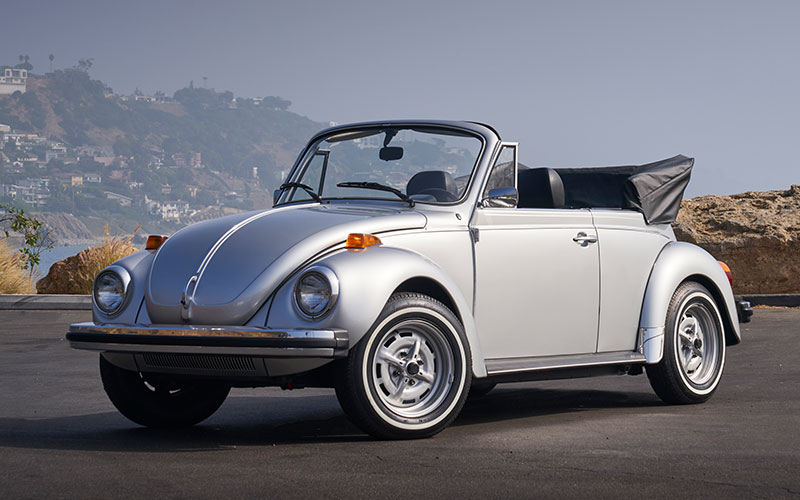
It didn’t stop there. A two-speed ventilation fan was installed, the automatic stick shift option was discontinued, and a sliding-steel sunroof was made available. The inside was styled with brown corduroy and leatherette seats. As you’d imagine, there a number of changes made over the span of about eight years. Some were good. Others? Not so much.
1979 was the last year of the convertible production and the final year for the Beetle in both the United States and Canada.

Meanwhile, in the 1970s, the Mini was already on to its Mark III and Mark IV generations. Putting out 56.7 kilowatts (or 77 horsepower). The 4-stroke gasoline engine allowed different dedicated strokes for exhaust, consumption, and power, reducing the crossover for fuel to exhaust. This resulted in better fuel economy. The front-wheel drive, two-door had a manual transmission.
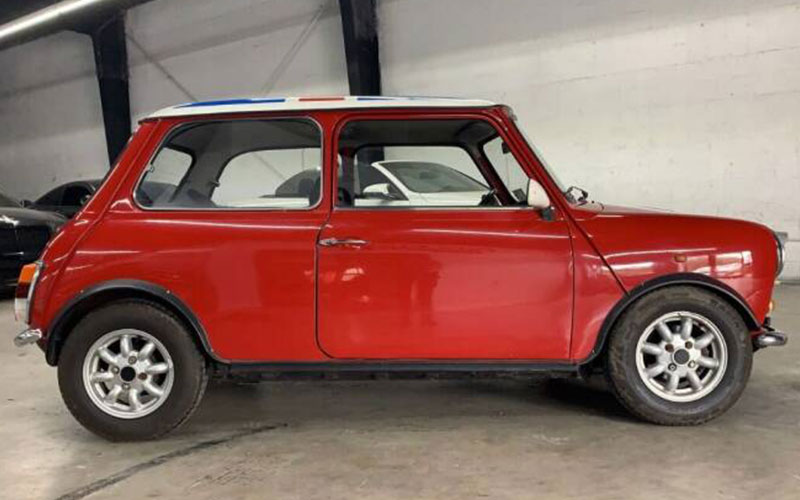
It also went through some changes (upgrades in some cases). The Mark III had a modified bodyshell with larger doors. Sliding windows were replaced with winding windows. A heater became standard. As a cost-saving measure, suspension went from hydrolastic to rubber cones.
Both these vehicles provide a fun drive, whether it’s down to handling or the aesthetics, but the Beetle lacks a bit of power and the Mini likely means higher maintenance costs in the U.S.
Reinventing the Classics

Diehard loyalists to the original Beetle and Mini may not be as happy about the modernized versions as they were with the originals, but you can’t deny that the updated retro classics helped introduce an entirely new generation to these vehicles.
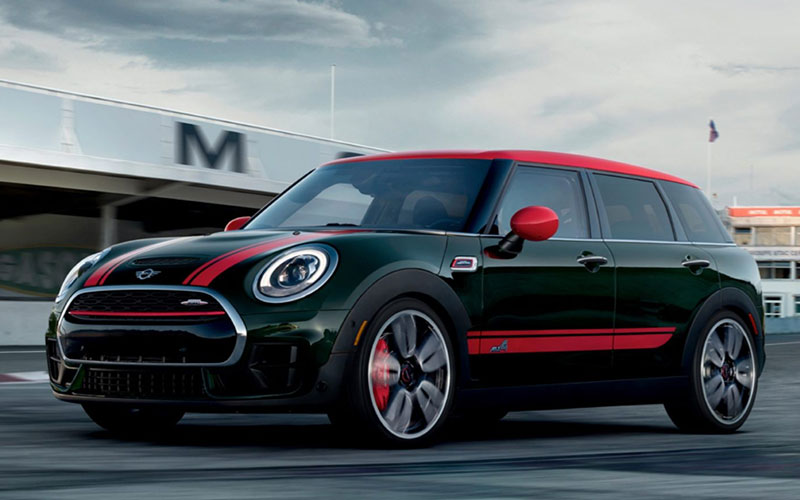
I don’t want to spend too much time on the newer versions because the focus here is a classic comparison, but it’s worth mentioning that if you’re looking for a Beetle, you have to go the used route because production ended (at least for now) in July 2019. In the U.S., there’s an entire line of new MINI vehicles, including the Clubman, as low as $22,000 MSRP, so the Cooper is continuing on with its longevity.
Who is the winner here?
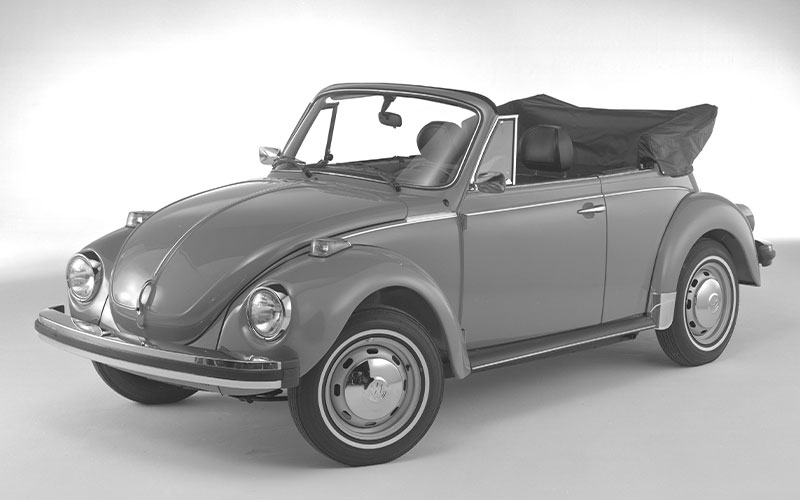
There are so many factors to consider here. Both cars have easily recognizable body styles, but the Volkswagen Beetle probably edges out the Mini Cooper as a more iconic, instantly identifiable shape.
Obvious by their racing histories, both cars lend themselves to being easily configured to make a rousing off-roading experience. Without configurations, the Mini is probably the better handling vehicle, especially if you have the need for speed.
When it comes to cost, it really depends what country you live in. The Mini is probably going to be more expensive in the U.S., in terms of the sale price and the maintenance costs.
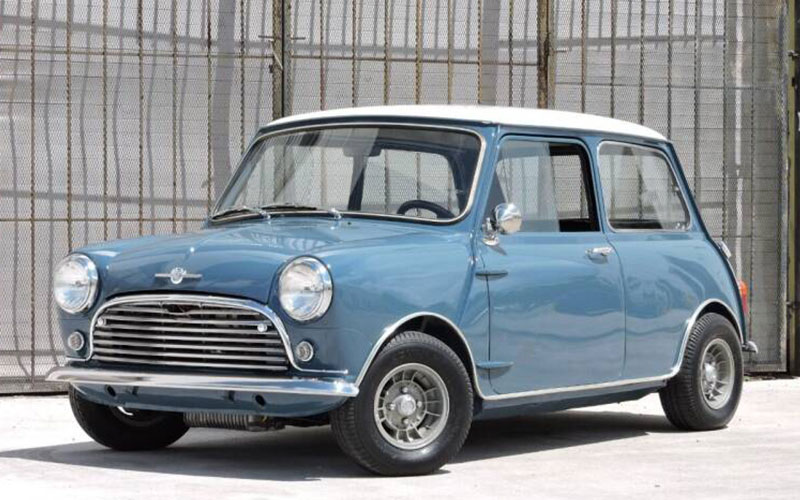
If we’re comparing overall, worldwide impact? The Beetle is hard to beat. Antarctica was the only continent to never manufacture a Beetle. However, in 1963, the Volkswagen Beetle became the first production car to ever journey through the Antarctic as part of the Australian National Antarctic Research Expeditions.
The classic Mini has a huge following overseas, but the U.S. and other parts of the world are probably more familiar with and favorable toward the classic Volkswagen Beetle.
These are two cars with similar goals and different, yet equally, acclaimed designs, but if we’re strictly comparing the 1970s versions of these two vehicles, I’m going with the classic Mini Cooper for driving purposes. Then, I’ll pick up a Beetle for the heck of it. After all, they make two stall garages for a reason, right?


